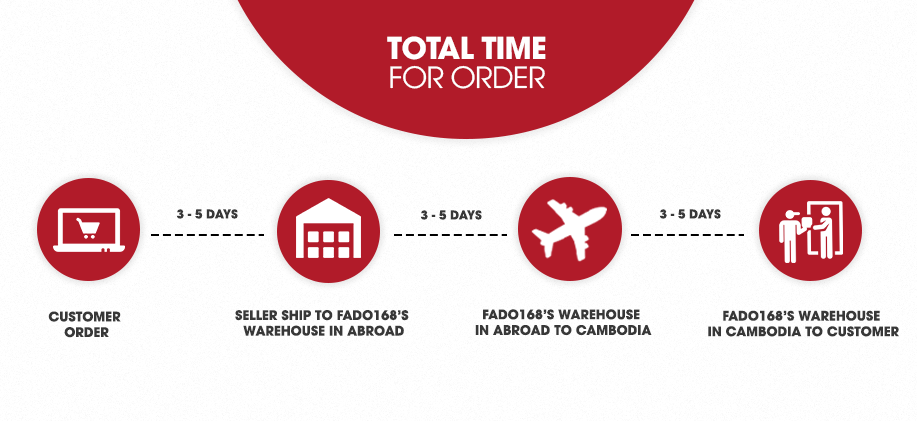What’s new in this edition?
There are over 30 new recipes in the book, spread throughout the chapters. For example, there is an entirely new chapter on time series forecasting, and a lot of advanced content has been added to the chapters on real-life ML projects. In the deep learning chapter, we have shifted the focus from building neural networks from scratch in PyTorch to using libraries that offer state-of-the-art architectures out of the box. Lastly, we have put more emphasis on obtaining and preparing reliable data for analysis.
What makes this book necessary? What gap does it fill?
While there are many books available on financial data analysis, it can be difficult to find ones that demonstrate how to solve specific tasks or problems using Python. In this book, I have attempted to showcase the vast landscape of Python libraries that can be utilized in analyses. By using those libraries, you do not have to code everything from scratch. Instead, you can quickly solve a certain task and focus on interpreting the results and making decisions based on the outcome of your analysis.


